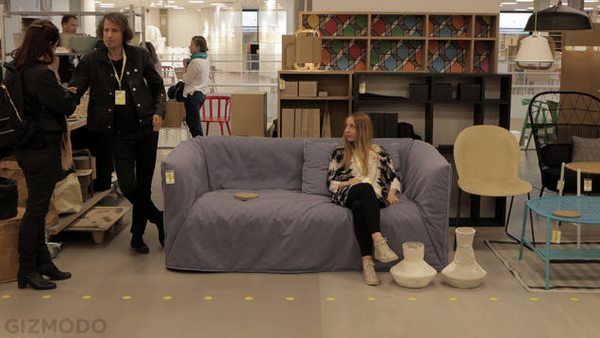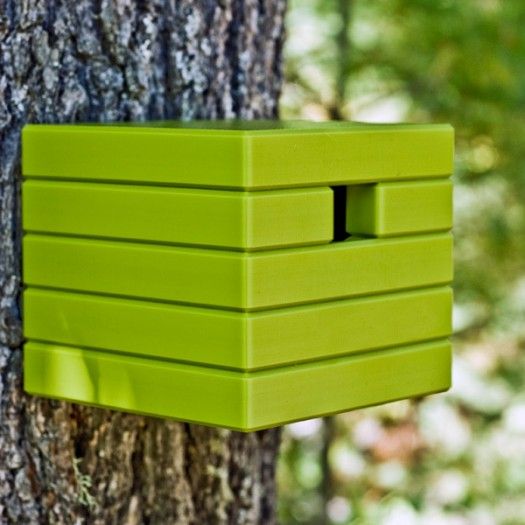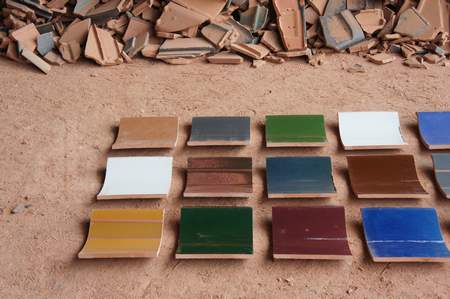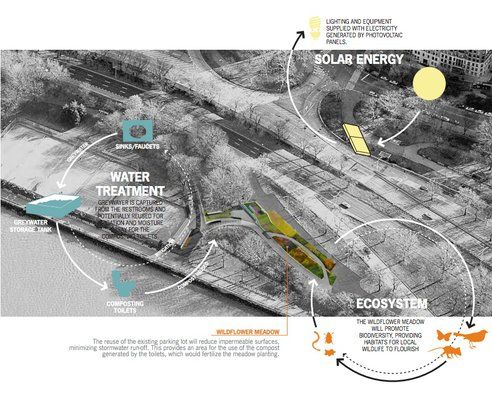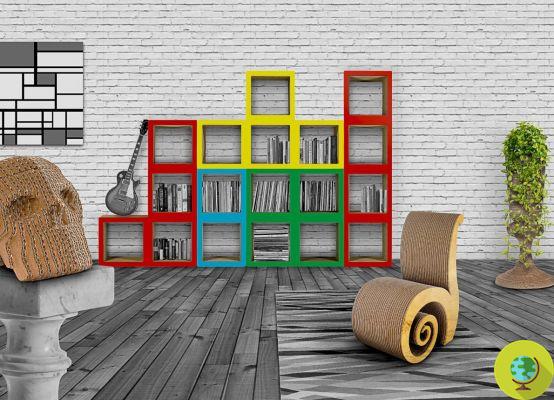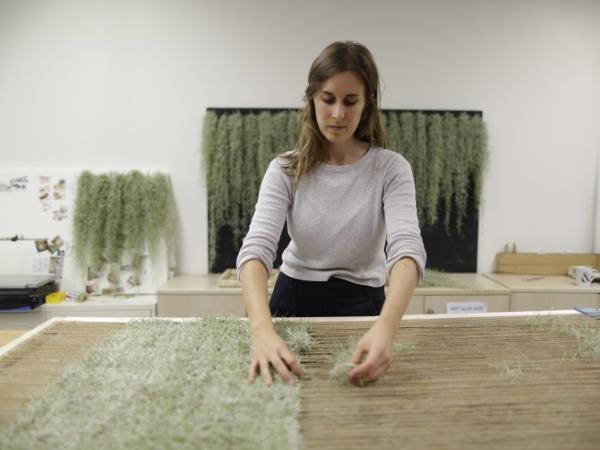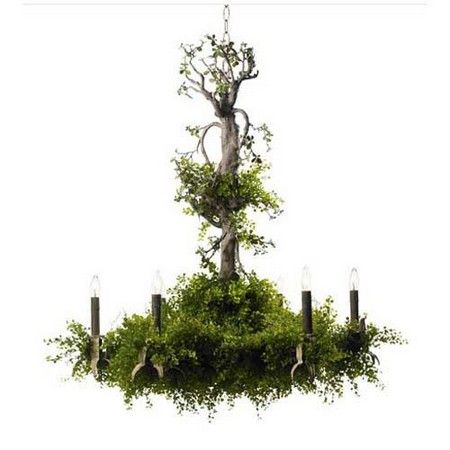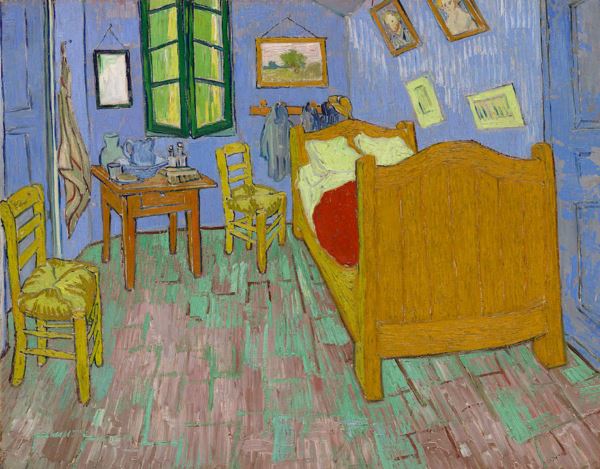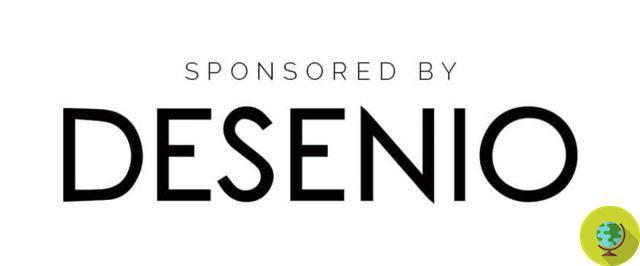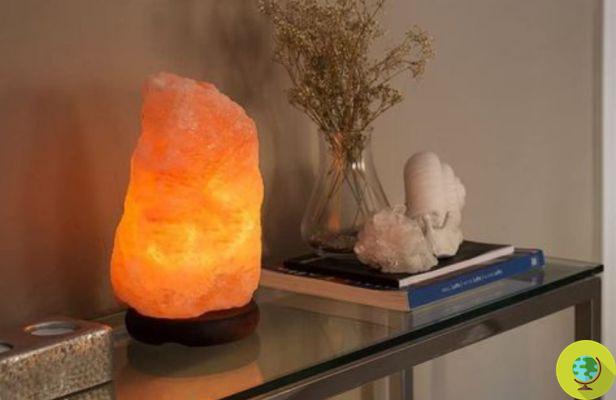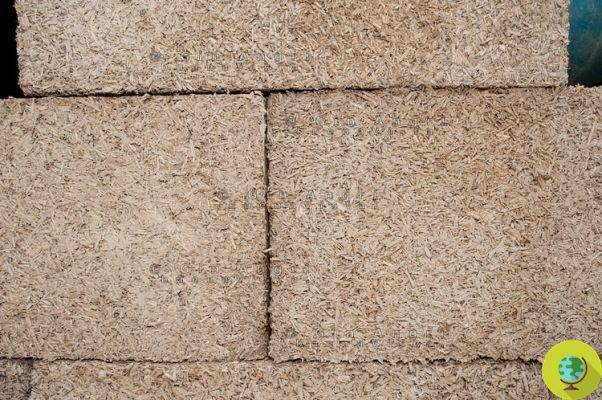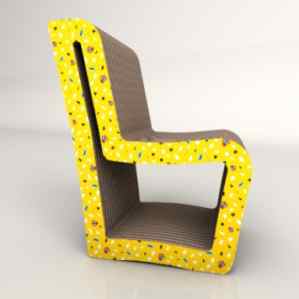Can you imagine what it would be like to walk at night in a park illuminated by .. trees? As science fiction as it may seem, the idea does not appear so absurd in light of what was recently discovered by a group of scientists from the Academia Sinica and Cheng Kung University in Taipei, led by Yen Hsun Su.
He is about to end up run over, his mother saves him
Can you imagine what it would be like to walk in the park at night lit by .. trees? As science fiction as it may seem, the idea does not appear so absurd in light of what was recently discovered by a group of scientists from the Academia Sinica and Cheng Kung University in Taipei, led by Yen Hsun Su.
The unexpected discovery, to which the Royal Society of Chemistry has already dedicated particular attention, was made as part of a research on alternatives to LEDs. The use of LEDs (light emitting diodes) for lighting is, in fact, very widespread as they have a greater efficiency compared to traditional light bulbs: they last longer, consume less and have a high brightness (in this regard we advise you to read the 10 reasons for choosing LED lighting). The downside, however, is represented by the considerable toxicity of the chemical components of the diodes, In particular the phosphorus powder: a problem that over time has led scientists to seek alternative solutions to ensure equally efficient lighting, but a greater respect for the environment.
In the course of experiments to this end, the Taiwanese group came across a unexpected phenomenon: by implanting gold nanoparticles from the shape similar to sea urchins in Bacopa caroliniana plants, scholars have in fact observed that the leaves produce a bright reddish aura.
In reality the phenomenon is explained quite easily, even if no one would ever have thought of generating light by facilitating it bioluminescence of chlorophyll through golden particles: it is known that the lifeblood of plants, which usually absorbs light and colors the foliage a bright green, spontaneously emits a red luminescence when exposed to a wavelength greater than 400 nm (in the spectrum electromagnetic between 400 and 100 nm we have ultraviolet rays, while visible light is between 700 and 400 nm); the gold particles instead emit a violet fluorescence around 400 nm.
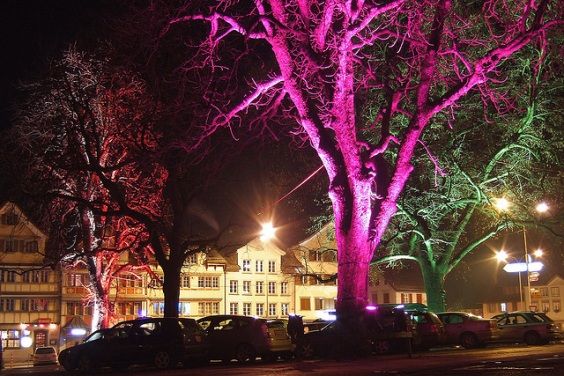
And here it is that in a completely random way in the course of the experiments it was observed how the diffusion of the nanoparticles in the chlorophyll facilitates its natural light emission and induces the production of a diffuse reddish fluorescence.
Although the study is still in its initial phase, the prospects are very interesting: Yen Hsun Su is convinced that the “Bio-LED” could be used in the future for light up the streets at night. In addition to recording significant energy savings, the use of trees-lampposts theabsorption of carbon dioxide, as the luminescence would stimulate the chloroplasts to perform the photosynthesis. In short: no pollution, no consumption and CO2 reduction for 24 hours a day.
We will really see the trees shine with their own light?
Certainly it will take some time to ascertain it, but while we wait for "light to come to light" on the effective possibility of inducing the same process in other plants as well as on the possible side effects of the plant, we are left with the dream of a night of clean air, trees and stars.
SZ
Photo: mrhayata




